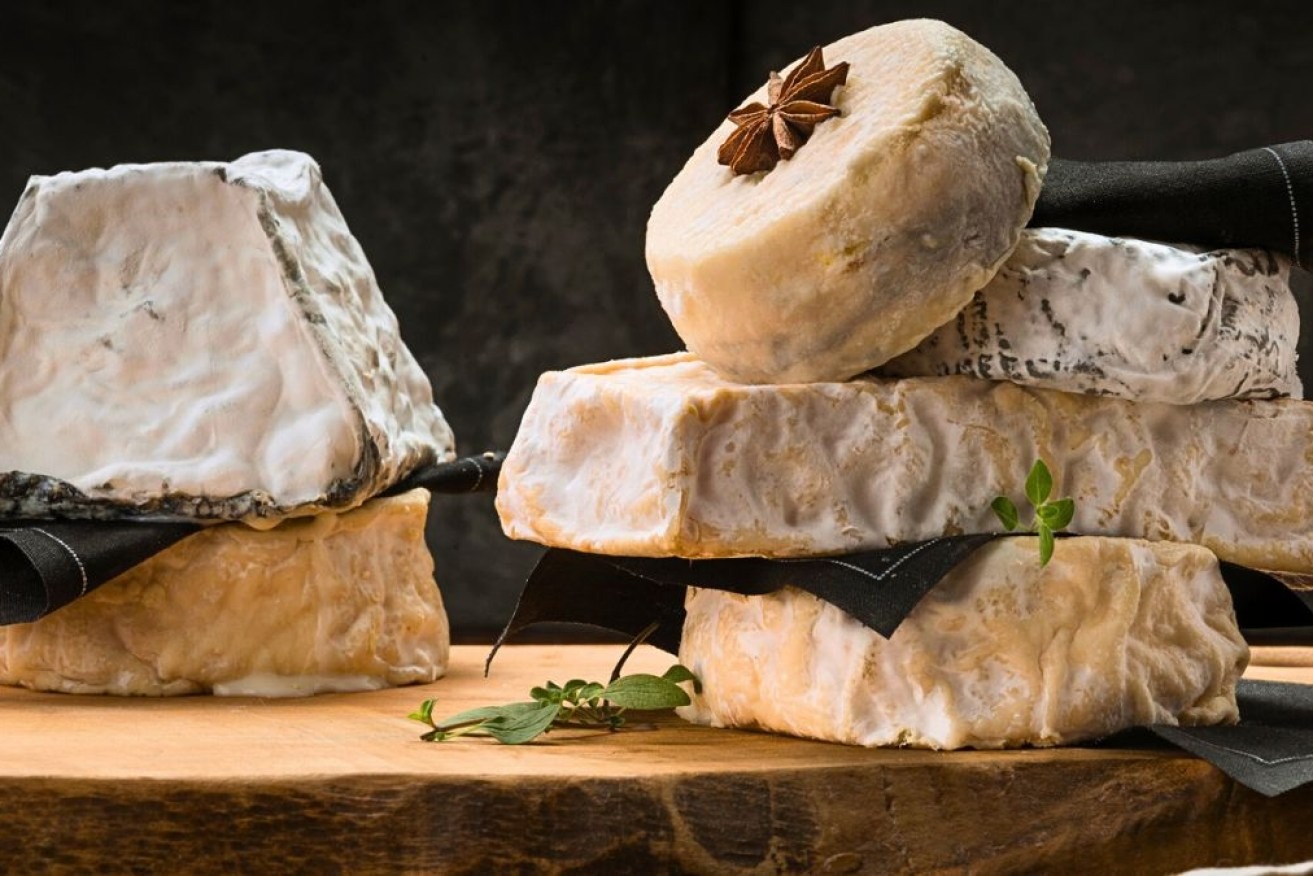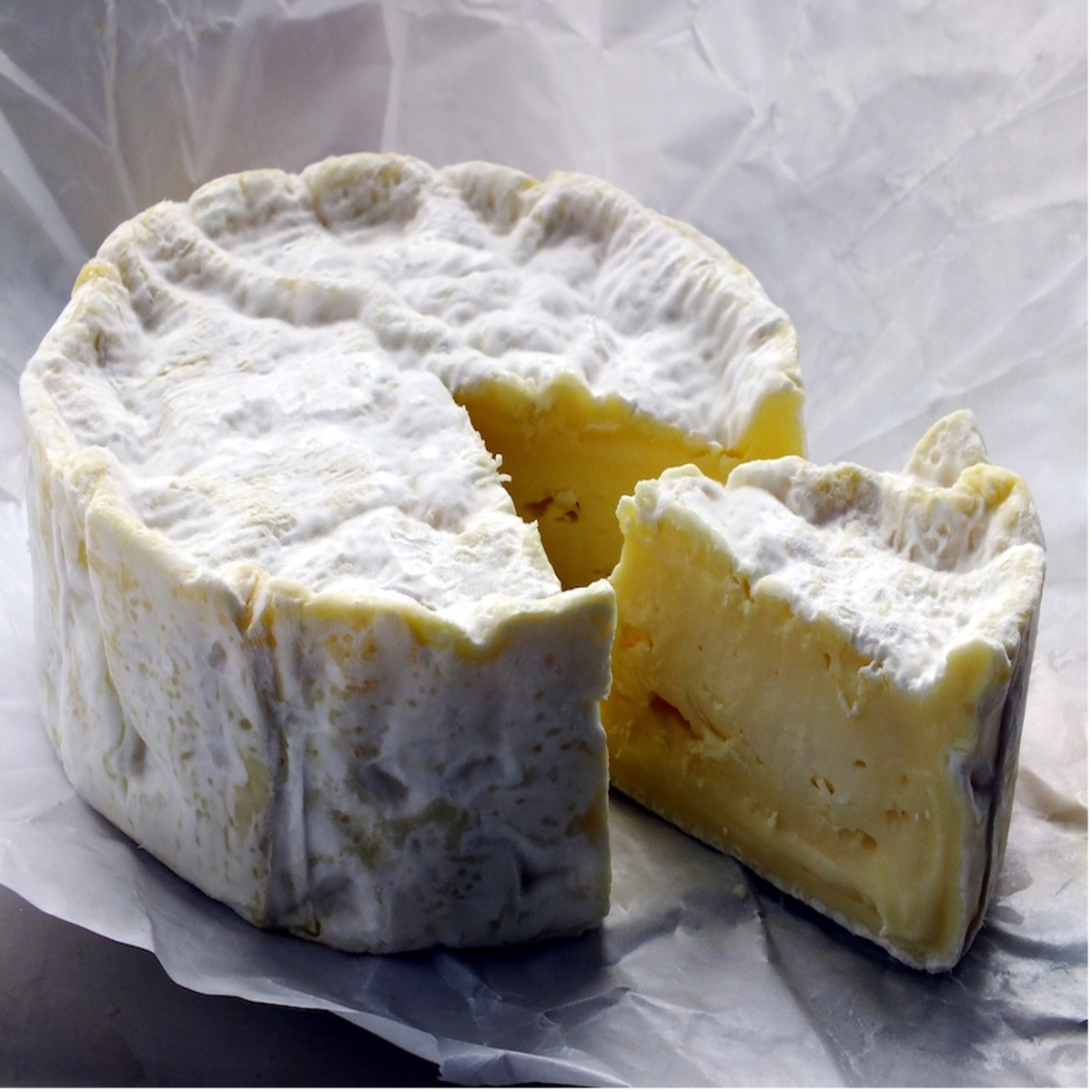Vive le difference! Weird fungus holds the key to averting world cheese crisis
A cheese crisis is on the horizon thanks to the industrial methods used to produce our favourite fancy cheeses, but a little-known variety might be the key to saving all.

Some types of cheese might be harder to produce in the future.
Earlier this year, the French National Center for Scientific Research sounded the alarm that French cheese is “under threat”.
It’s an unsettling thought, but cheese is the host to micro-organisms that turn milk into curds so we can stock our charcuterie boards.
However, mass industrialisation of the cheese industry is to blame for the fungus used to make camembert potentially dying out.
For cheese to be produced in large quantities, manufacturers will select fungus strains that meet their specifications to make their product appealing to consumers and ensure the fungus grows fast enough.
“In pursuit of this goal, the food industry has exerted so much pressure on the selection of fungi that the microbial diversity among non-farm-produced, non-PDO cheeses has become extremely impoverished,” CNRS News, the news site of the French National Center for Scientific Research reported.

Camembert cheese is at risk, thanks to the fungi that give it the white rind.
The cheese most at risk
“Camembert is not going to disappear tomorrow,” one of the researchers, evolutionary biologist Jeanne Ropars, said according to Vox.
“But it’s going to be more and more difficult to produce.”
Penicillium camemberti is a fungus used in cheesemaking and is specifically used for both camembert and brie.
While this particular fungus strain had been used for decades, in the 1950s, the industry decided the surface colour of camemberts, which was either grey, green or orange-tinged, was “unappealing”.
That’s when the cheesemaking industry decided to try an albino strain of P. camemberti, and this is why camembert today has the white rind.
“Microorganisms are capable of both sexual and asexual reproduction, but the industry relied primarily on the asexual method, producing clonal lineages to perpetuate the moulds,” CNRS News reported.
“As a result, they can no longer reproduce with other strains that could provide them with new genetic material, a situation that, over time, induces the degeneration of the strain in question.”
The albino strain of the fungus was already incapable to sexual reproduction and over time it lost its ability to produce asexual spores.
“As a result, it is now very difficult for the entire industry to obtain enough P. camemberti spores to inoculate their production of the famous Norman cheese,” CNRS News reported.
The publication reported that the situation is pretty dire for camembert, but blue cheese is also at risk of becoming extinct due to the lack of microbial diversity.
How cheese can help the cheese problem
Fortunately, a little-known cheese might be key to preventing that from happening.
A few farms in the French Alps produce Termignon blue, which relies on a “previously unknown population” of Penicillium roqueforti.
Penicillium roqueforti is used in the fermentation process of all blue and veined cheeses, but experts are hopeful the new population of the fungus could help the entire industry.
While the cheeses we love may not become extinct anytime soon, speaking to The Washington Post, Ropars suggest people get comfortable trying more diverse cheeses, including selections of camembert and brie that use different strains of mould, which may give them a different colour.
– TND




